The Lindbergh Kidnapping (1932):
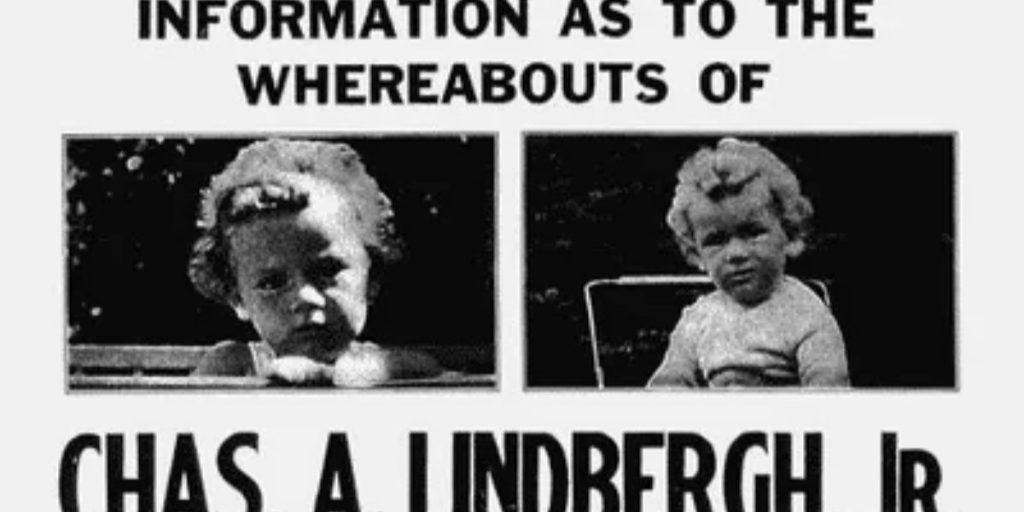
The abduction and murder of 20-month-old Charles Lindbergh Jr., son of the famous aviator Charles Lindbergh, sent shockwaves across the nation. The crime, the ransom demand, and the subsequent investigation made headlines for months, leading to significant changes in law enforcement practices.
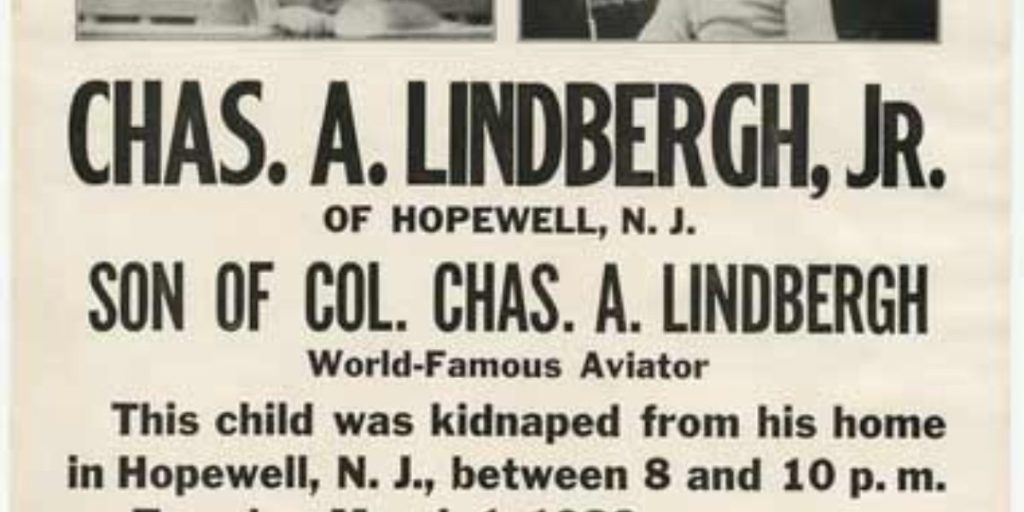
The Assassination of John F. Kennedy (1963):
President Kennedy’s assassination in Dallas, Texas, remains one of the most defining moments in American history. The public’s fascination with the event, the conspiracy theories that arose, and the lasting impact on the nation’s political landscape all contribute to its notoriety.
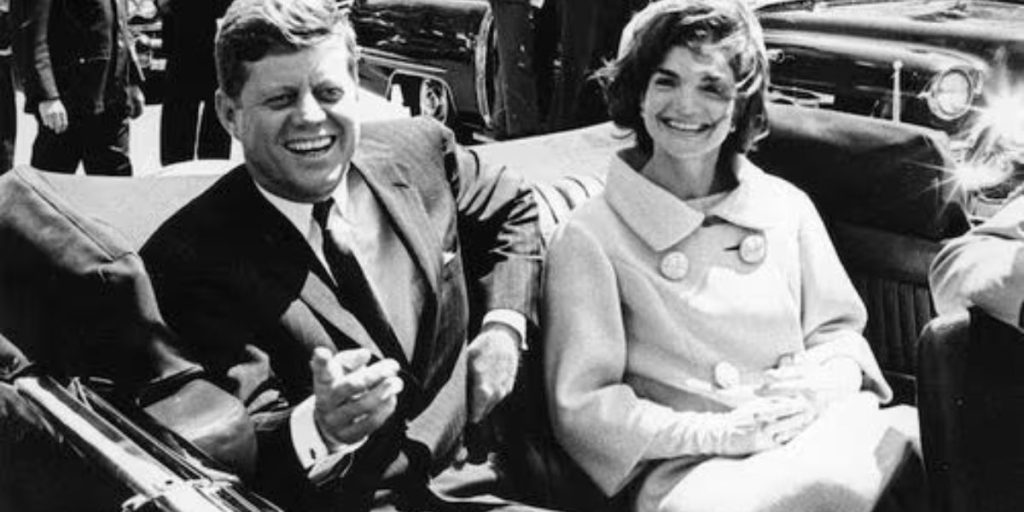
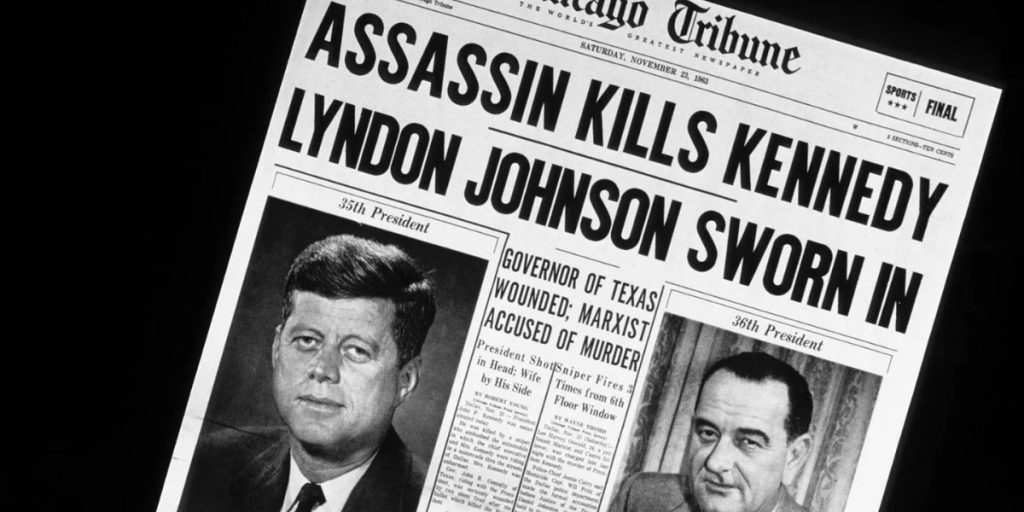
The Manson Family Murders (1969):
The brutal murders of seven people, including actress Sharon Tate, by followers of Charles Manson shocked the world. The combination of celebrity victims, the cult’s bizarre practices, and the ensuing trial all cemented the case in infamy.
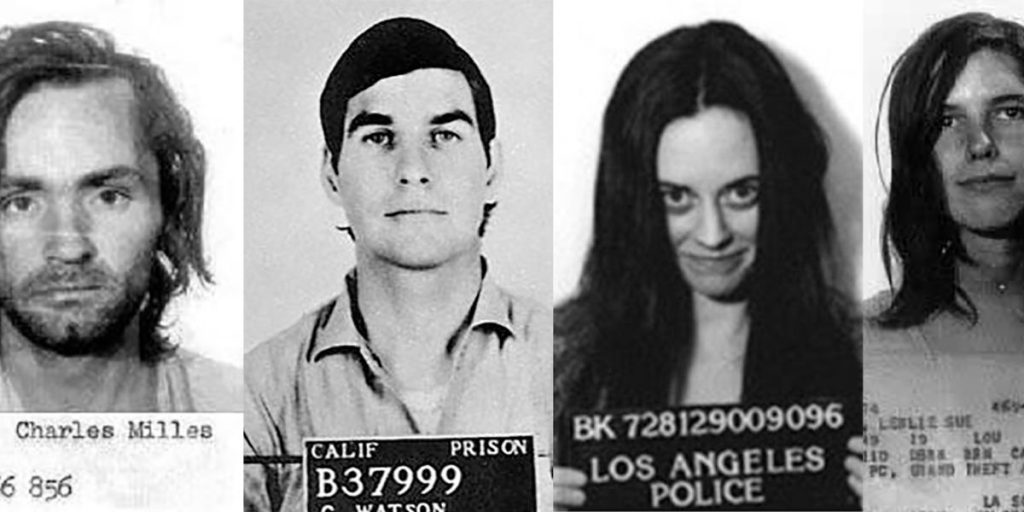
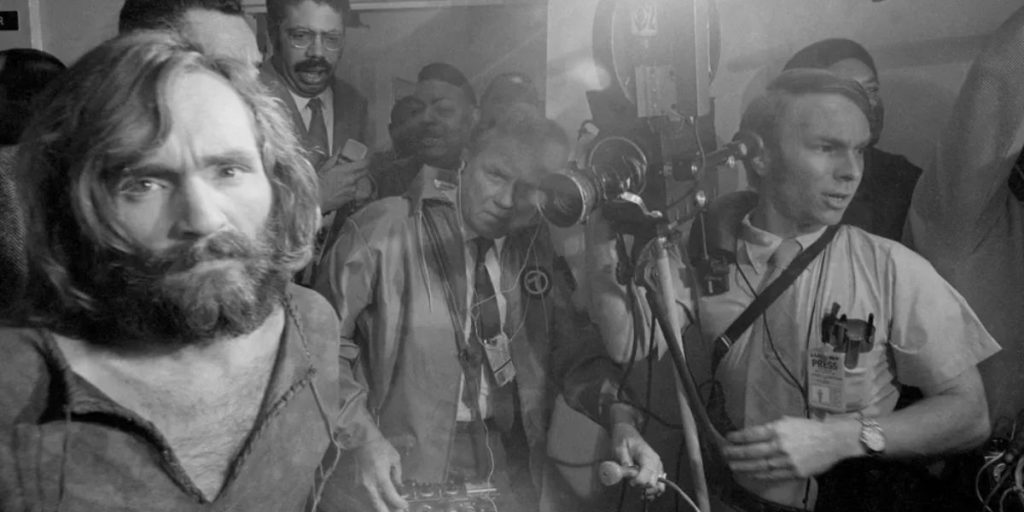
The O.J. Simpson Trial (1995):
The former football star’s acquittal on charges of murdering his ex-wife Nicole Brown Simpson and her friend Ron Goldman became a national spectacle. The racial tensions, celebrity involvement, and intense media coverage made the trial one of the most-watched events in American history.
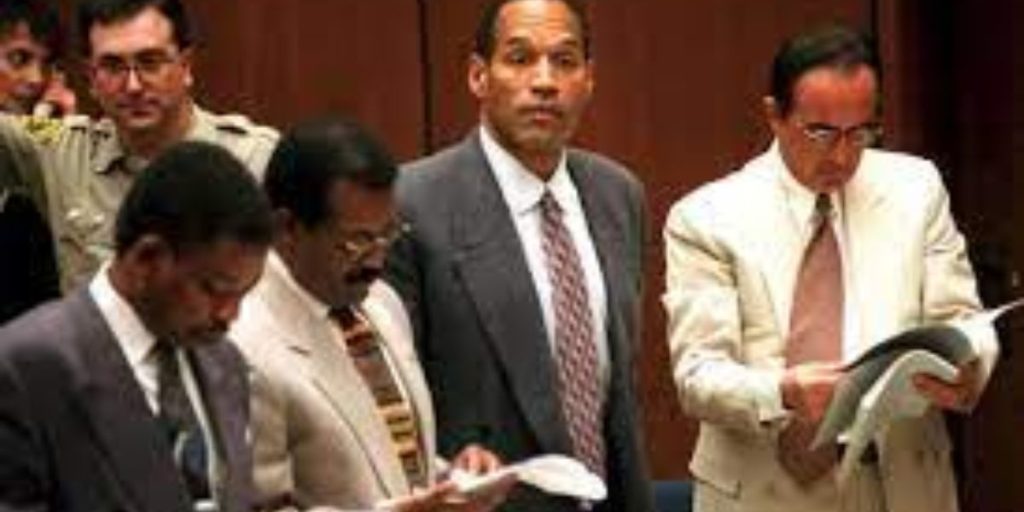
The 9/11 Attacks (2001):
The terrorist attacks on the World Trade Center and the Pentagon, along with the hijacking of a plane that crashed in Pennsylvania, were defining moments of horror and grief for the nation. The attacks had a profound impact on American society, both domestically and internationally.
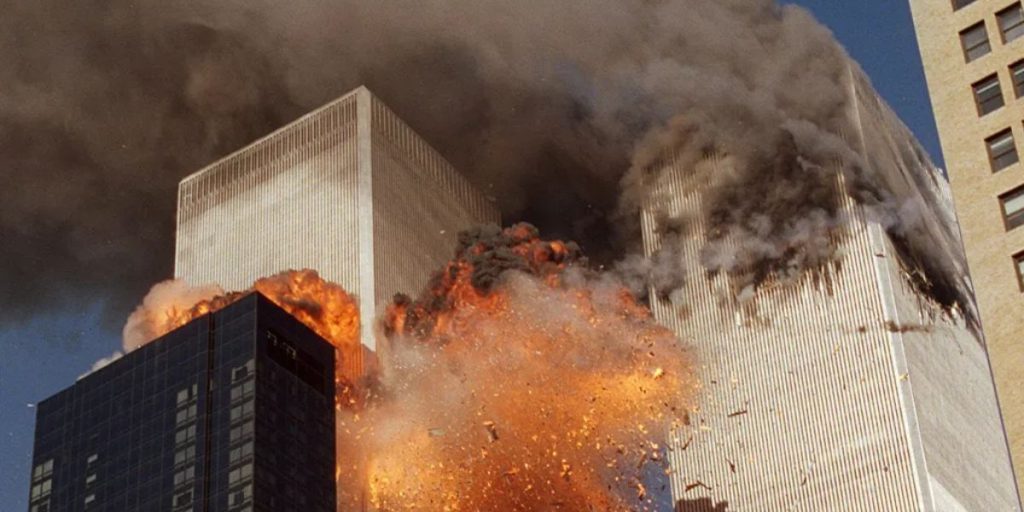
The D.B. Cooper Hijacking (1971):
This daring airplane hijacking remains unsolved to this day. A skyjacker calling himself “D.B. Cooper” extorted $200,000 in ransom, parachuted out of a Boeing 727 somewhere over Washington state, and vanished without a trace.
The unsolved mystery and audacious nature of the crime have fueled endless speculation and fascination for decades.
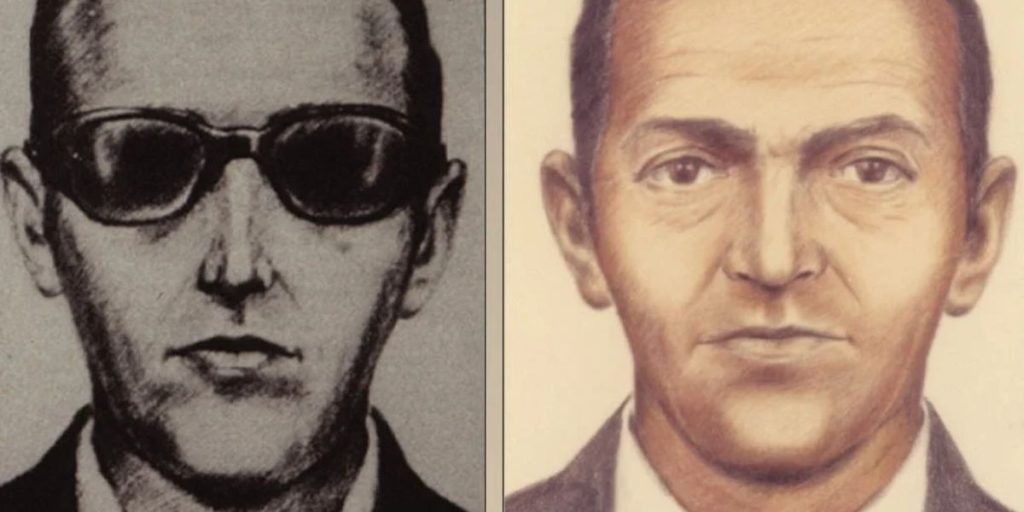
The Zodiac Killer (1960s-70s):
A serial killer terrorized San Francisco and Northern California with a string of brutal murders and taunting letters sent to the press. The Zodiac’s ciphers and cryptic messages remain unsolved, adding to the chilling mystique of the case.
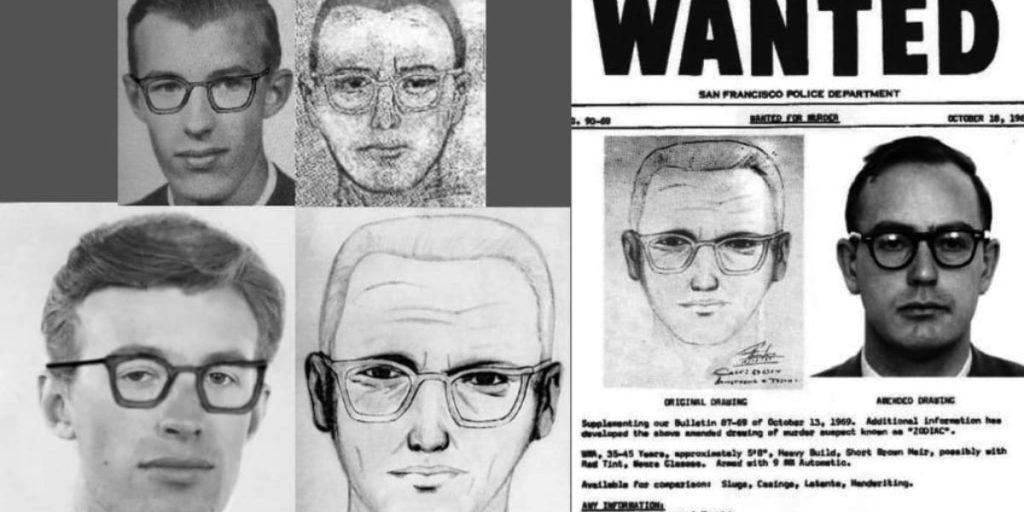
The Boston Marathon Bombing (2013):
This horrific attack at the finish line of the Boston Marathon killed three people and injured hundreds.
The subsequent manhunt and capture of the perpetrators, the Dzhokhar Tsarnaev brothers, gripped the nation in a mix of grief, fear, and resilience.
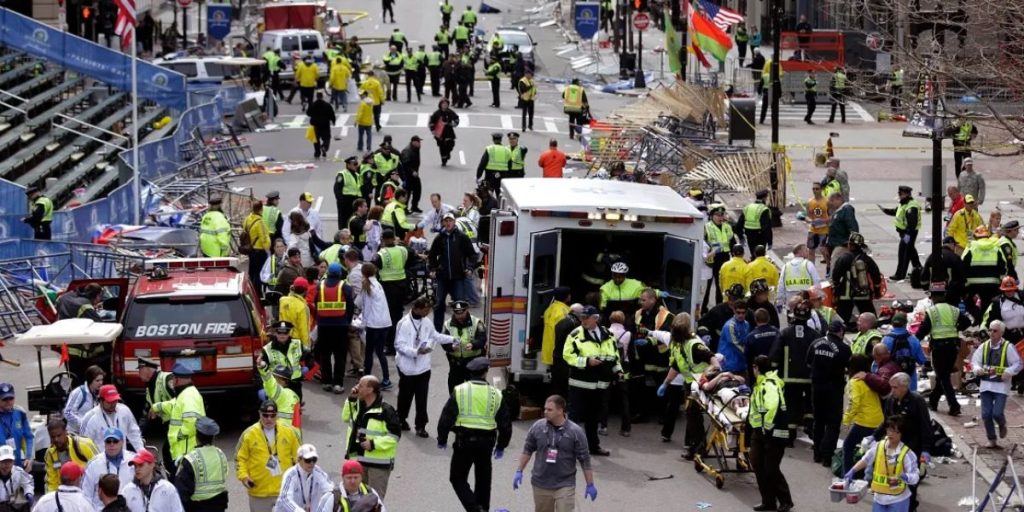
The Unabomber (1978-1995):
This serial bomber targeted scientists and academics through mail bombs, injuring 14 people and killing 3.
The Unabomber’s complex manifesto and eventual identification and capture after a decades-long investigation made for a captivating true-crime saga.
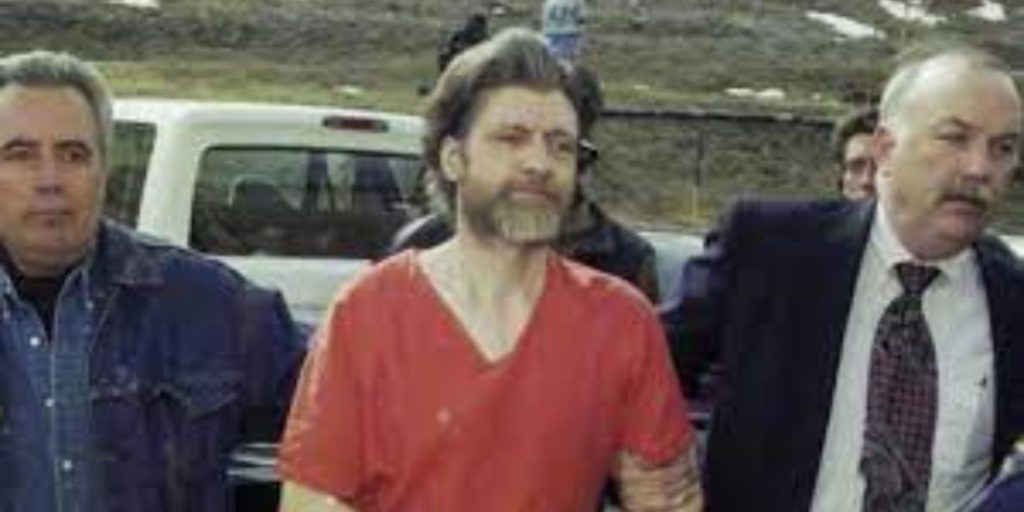
These are just a few examples, and many other crimes could be considered “famous” for different reasons. Ultimately, the notoriety of a crime is often a reflection of the larger social and cultural anxieties of the time.
It’s important to remember that these crimes, while captivating, represent moments of great tragedy and loss for the victims and their families.